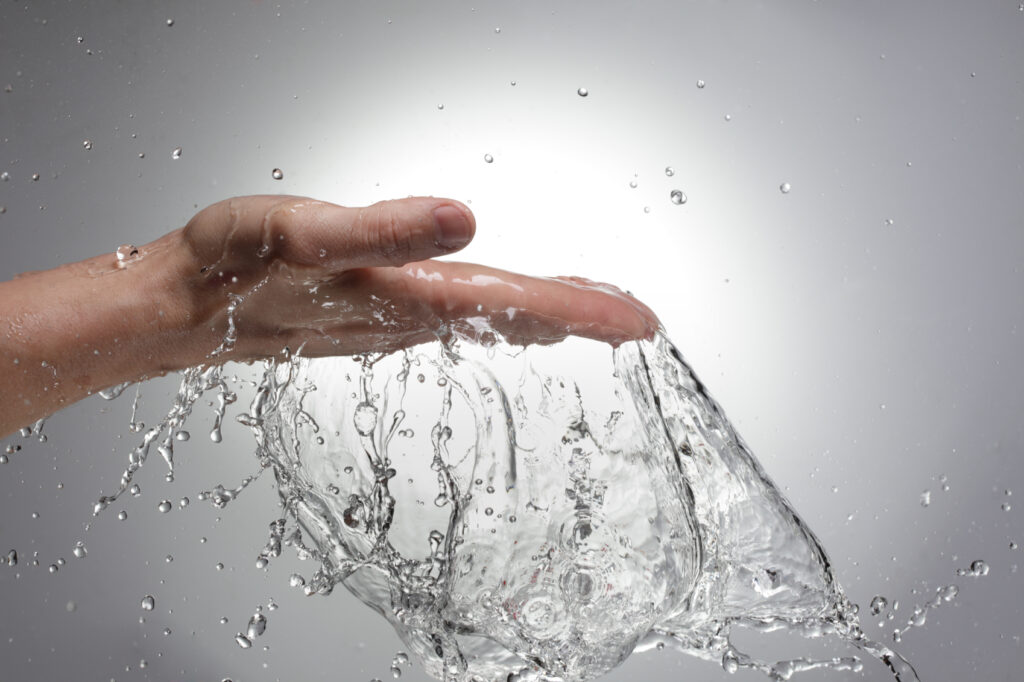SWAS – Steam and Water Analytical System
- analysis stations for monitoring water and steam quality, e.g. in power generation
Lots of energy and heat
Industrial processes frequently necessitate large quantities of energy and heat that may well have to be produced in situ at the factory. The water and steam which are used to produce this energy and heat need to be ultra-pure. Unwanted constituents – even small amounts – can cause damage to the systems in the form of corrosion, deposits, or chemical reactions. The water and steam quality and the treatment process must be continuously monitored at many points in the plant for this reason. It therefore comes as no surprise to learn that the analysis stations can be extremely large.
[ot-caption title=”Analysis station” url=”https://www.yokogawa.com/eu/blog/chemical-pharma/app/uploads/2016/11/SWAS_1.jpg”]
The station shown here comprises twelve pH and conductivity analyzers in addition to wet chemical analyzers. This is actually relatively small for this kind of station. Yet even on this scale, it isn’t always easy to keep track. Although each value can obviously be read off individually, assigning the values correctly and comparing them with other values can often be problematic. Suitable representations and evaluations must be envisaged in the control room for this purpose.
Industry 4.0
Industry 4.0 creates new, more flexible, and above all more cost efficient opportunities here.
Smart sensors can provide all of the required data without an analyzer. In that case, why bother installing a separate HMI for each sensor? The same result could be achieved far more conveniently with a modern data acquisition unit. You only have to consider the two alternatives side by side:
[row][double_paragraph][ot-caption title=”Typical analysis station” url=”https://www.yokogawa.com/eu/blog/chemical-pharma/app/uploads/2016/11/SWAS_2.png”][/double_paragraph][double_paragraph][ot-caption title=”Yokogawa Smartdac+” url=”https://www.yokogawa.com/eu/blog/chemical-pharma/app/uploads/2016/11/SWAS_3.png”][/double_paragraph][/row]
In the station on the left, the wet analyzers are not even in the picture anymore.
The station on the right looks like it probably has a smaller footprint. It also looks cheaper. So what do you have to manage without? Nothing at all!
Yokogawas solutions
A data acquisition system like the one shown here (Yokogawa Smartdac+) can display all measured values and signals in any desired, optimized, and standardized format. It can correlate all of these values to one another (for example, you can compare the quality data for ion exchangers 1, 2 and 3). It records all data and incidents. It generates reports with user definable content, intervals, and access. It can also communicate with the control system.
The display is freely configurable; you can adapt the formats, sizes, layout, and scales to the specific requirements of your application.
The system can also take care of control tasks, e.g. by cleaning a sensor automatically or switching to another sample – always with the option of changing over to manual mode, for instance in order to carry out maintenance work or take a sample manually.
Can SWASTATION also do Industry 4.0? Yes.
[ot-caption title=”SWASTATION” url=”https://www.yokogawa.com/eu/blog/chemical-pharma/app/uploads/2016/11/SWAS_4.png”]
As you can see from the diagram, you don’t have to forego anything: you can access your data wherever you need it, e.g. in the control system as well as in the field. SWASTATION also supplies all relevant data to anyone who requires it for control and monitoring or for in situ repairs and maintenance.
Is there something else that occurs to you? SWASTATION has absolutely nothing against sensors and analyzers from other manufacturers (even though there are plenty of good reasons to choose Yokogawa sensors); this is not a proprietary system!
Does the concept appeal to you? If so, we’d be delighted to discuss it with you further.




